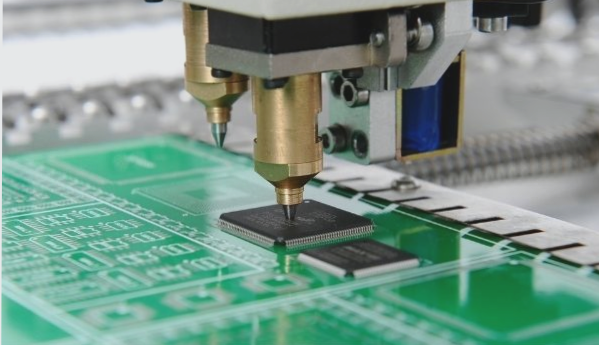The thickness of the copper foil affects the thermal conductivity of the aluminum substrate, vias are used to connect electrical signals, soldering iron temperature is 200~300 degrees, unfilmed aluminum substrate can be easily scratched, LED lamp beads are soldered with a heating table, “is” on the circuit board is a stand-alone centrifugal switch mode, R+ is right channel positive output, L+ is left channel positive output, various processes for circuit boards, main switch board is generally a four-layer board, laminating process for multilayer pcb circuit boards involves prepreg bonding. WellCircuits Limited specializes in high-precision circuit board manufacturing.







